There has been a discussion going on that if you are overweight or obese, it’s better to do not run.
Well, this statement is not all true!
Starting to run when your weight is 3 figure on the scale can be quite challenging. Especially if you Body fat% is above 30+
I have recently made a simple guide on how to decrease your body fat in a systematic, easy way.
I’m saying all of this to acknowledge the fact that it is NOT EASY.
Many studies have shown that among novice runners, overweight and obese runners appear to be particularly susceptible to injury & higher body mass is linked with a higher risk for running-related injuries.

However, the good news is if you followed this (Step by Step advice) you should have no trouble running in the long term without injury.
Also do note that, If you’re only considering running to lose weight, then you might want to consider other options (such as focusing on your diet (80% of the battle) and walking, to begin with, whilst completing bodyweight exercises). I would recommend reading this.
7 Steps To Run Without Injury
1- Check Your Medical Condition
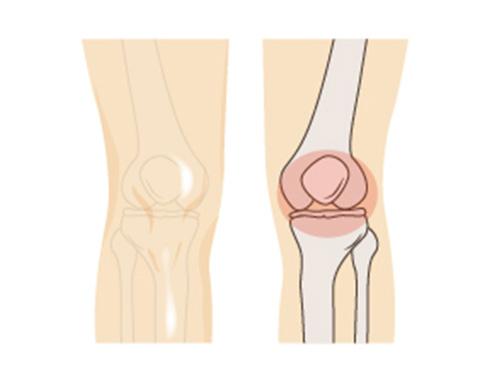
Have you had a previous knee injury? Running long distances as a newbie (even when not overweight) will put stress on your knees. So you need to make sure you don’t have a pre-existing condition.
Thus, it’s advisable to check with your physician if everything is alright. And also share with him your plans. For example, if you are a diabetic patient, you are at risk of hypoglycemia when running.
If you are a novice runner, most doctors would advise with a treadmill instead of outdoors running, and here is why:
- No temperature or weather limitations, it’s in the A/C.
- If you can’t take it anymore or feel uncomfortable, you can just stop.
- The surface of the treadmill absorbs most of the running strikes which lead to less stress on the knees.
- You are not restricted to time (morning or evening).
2- Choosing The Right Running Shoes
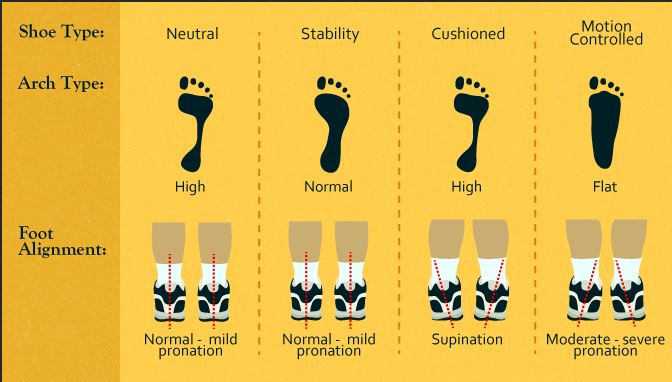
The #2 common mistake after underestimating your body limit, is to buy the wrong running shoes. This can result in serious injuries and uncomfortability.
The American Orthopedic Foot & Ankle Society recommends getting the right type of footwear. Failing in doing that can cause feet and ankle problems.
There are different varieties of running shoes — from ones with inbuilt shock absorbers for serious joggers to lightweight shoes for walkers.
- When you buy, think feel and fit, not fashion.
- Tight-fitting shoes lead to blisters and black toenails and that kind of thing.
- Your feet start swelling in the morning, and they don’t stop until about 4 p.m. That’s as big as they’re going to get, so always buy your shoes in the evening.
- Don’t assume that all brand sizes are the same. Sizes differ because of different lasts (foot forms), the different shape of the upper, and the way the shoe is stitched together.
3- Don’t Reach Your Max
Some people get too excited the first time, and they literally do too much until they are burned out.
If you’ve been inactive for an extended period better to start walking the first few times and then escalate it with a fast walk and then jogging, and if things are great then sprinting would be easy.
Look it’s all about consistency. A little bit each day is much better than running randomly sometimes in a month.
Believe it or not, your body will get addicted to running if you made a habit out of it.
It takes about six to eight weeks to form a habit, regardless of whether it is a healthy habit or one that’s not so noble.
And if you started too aggressive in your running, most likely you will sabotage your running program and will cease to continue.
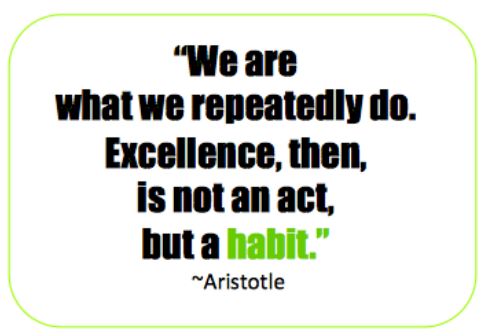
However, I’m not recommending to Brisk walk all the way, but once you warm up your body through walking, you can start jogging and then running. This is an optimum strategy to get your engines started.
At the end of the day, results are what we are looking for. Despite the fact that walking has the same benefits of running. But running can burn up to 2x calories of walking.
For example, If someone weighs 180 lbs and run at 6 miles per hour (mph) he’ll burn 650 calories. If he walked the same amount of time at 3 mph, he burns just 305 calories.
If your goal is to lose one pound per week. You are required to burn 3,500 calories in order to see results!
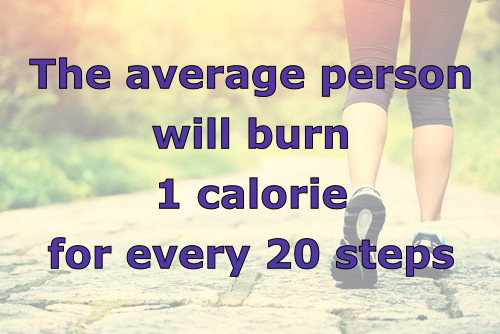
Thus, people who are serious about losing weight and shredding their fats, don’t just rely on running (as it’s too much).
The most effective strategy is being calorie deficit while boosting your metabolism with this fat burner stack.
5- Minutes or Miles?
Any runner would love to have a milestone, and it’s vital to always put a challenge for yourself.
Most runners always share their results in mileage in their social media. Indeed, it’s the number of miles you run each week that often defines your status as a runner.
However, the duration of the effort reflects the actual training stress.
Let me simplify;
The first runner finished 40 miles per week, and it took him 7 minutes per mile.
The second runner finished 28 miles per week, and it took him 10 minutes per mile.
Both spend the same time! And both experience the same amount of stress and that’s what really matters!
If a slower runner tries to run as many miles per week as a faster runner, the extra time it will take increases the amount of stress and therefore puts the slower runner at a greater risk for injury.
So what does that all mean?
Always measure your time & distance. And Balance things up to avoid injury and progress effectively.
6- Ignoring Noise
Did you know that 47% of heavy runners feel ashamed of running in public because of how people would think about them when they see them running?
Honestly, ignore about what your neighbors say or even think about you. In the end, it doesn’t really matter. After just 8 weeks, you’ll be proud of yourself running and perhaps you’ll create your own community of runners.
Look some novice runners reported that, they were even mocked by their family members and friends and were unsupportive. This kind of stuff can happen, and you always have to be prepared to neglect and challenge the circumstances.
7- Strength-Training
You would be missing out on significant metabolic boost and lean mass if you didn’t add strength-training in your running plan.
Believe it or not, running can burn almost the same amount of calories as weight-lifting workouts. What’s interesting is that your resting metabolic rate will stay elevated for a long period after strength training than with running.
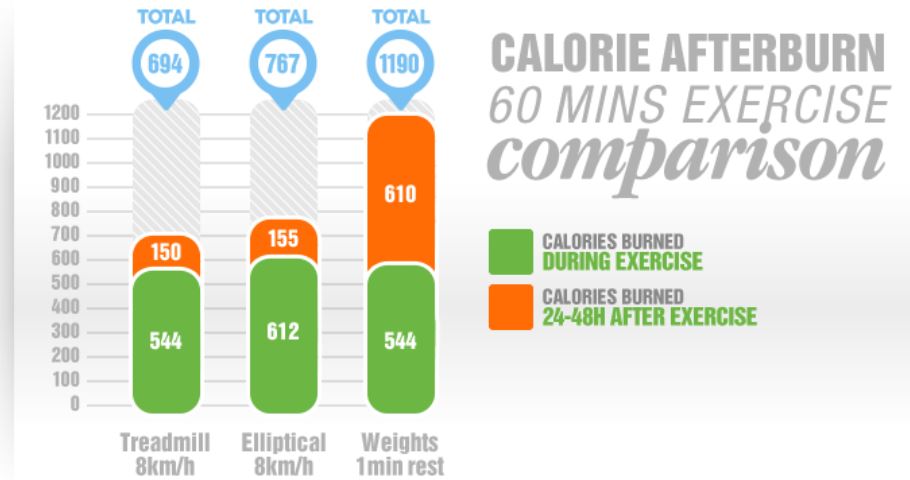
You’ll also notice increased lean muscle mass which will improve your performance on a major scale.
Here are some benefits from strength training you should consider:
- Reduce Injury. Think of your muscles as a support system for your joints.
- Increase Lean Muscle. A slight increase in lean muscle mass has numerous benefits for a runner.
- Reduces Body Fat.
- Power.
- Fixes Muscular Imbalances.
- Hormone Balance.
- Stronger Bones.
- Posture and Efficiency.
Conclusion
It doesn’t matter if you are an obese, overweight or in-active runner. It’s all about your approach and how much are you willing to be consistent.
Let me be honest, simply just running with a heavy body without a plan can lead to injury. Period.
However, with an overall understanding to these 7 steps and avoiding the mentioned mistake for heavy runners, you’ll surely find fantastic results.
You don’t need to belong to a training program, special pieces of equipment or gym subscription. All you need to do is start with what is currently available to you.
If you don’t have access to a treadmill so be it, just walk somewhere in the park or even around your house.
80% of heavy runners that started the next day straightway without delay had reached their goals in 8 – 12 weeks.
So take action and tell us on our Instagram page, your results!

